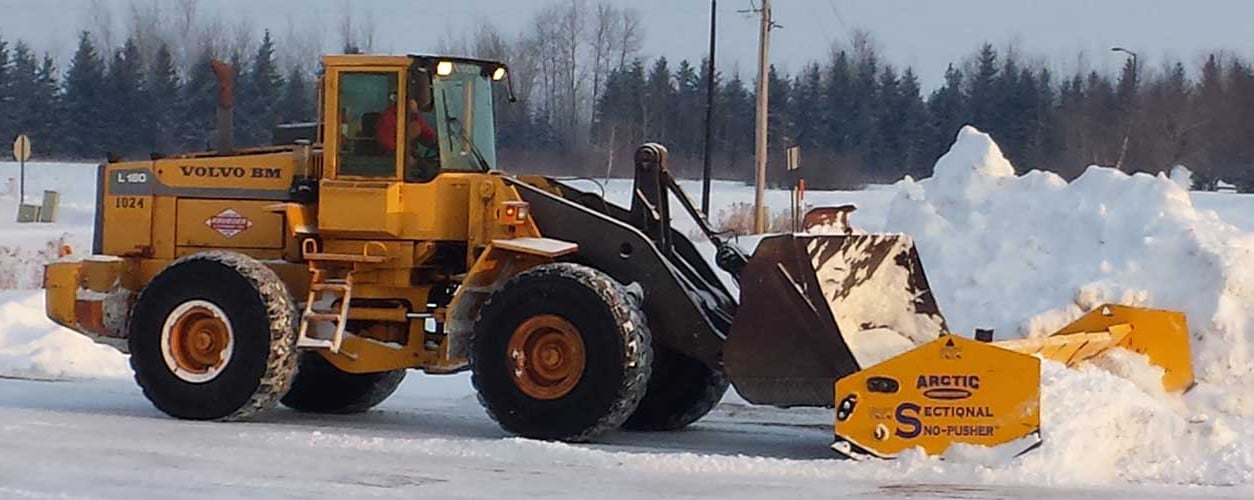By the National Weather Service
This year, forecasters at BAM Weather are predicting a colder than average winter for most of the country; WeatherBell is predicting a very severe winter in the Mid-West and East; and NOAA is forecasting a blockbuster cold season. Forecasters have to consider a range of factors that will affect the upcoming winter weather, which is why there’s rarely across-the-board alignment on long-range forecasts.
Forecasters have to consider a range of factors that will affect the upcoming winter weather, which is why there’s rarely across-the-board alignment on long-range forecasts.
One of the more important and better known variables we’re looking at is the El Niño Southern Oscillation (ENSO), which indicates whether temperatures in the Pacific Ocean, west of Peru, are warmer than average, colder than average, or simply average for the season. Right now, forecasters are noticing a pool of warmer-than-average water in the middle of the Pacific, but not along the coastline. It’s a configuration called a “Modoki El Niño,” and if it lasts for a couple more months, it’ll become official. Modoki El Niño years tend to put pressure on a colder-than-average winter; it’s the reason why many forecasts are predicting an above average snow season across the nation.
ENSO aside, some of the other factors that go into a long-range forecast include the following:
- The ocean temperature configuration, which, depending on where areas of warm and cold water are located, directly influences our weather patterns.
- The placements of high and low pressure around the globe and their strength.
- The thunderstorm cluster across the Pacific Ocean, which plays a major role in how the Jet Stream controls the flow of storms and air masses in the mid-latitudes around the globe.
- Add in sunspot cycles, which are currently at a low point. Some research shows these favor colder winters in our region.
We recommend the following guidelines to minimizing wheel loader downtime this winter season. If you need any further assistance, call Centranz at 1-800-457-5400. We’re always happy to help.
- Check fluids, particularly engine oil, transmission oil and antifreeze.
- Send a sample of the transmission oil out for analysis to diagnose any potential issues.
- Check oil pressure ranges while running at cold and hot temperatures.
- Check sump screen and filter. Replace as needed.
- Clean and flush radiator.
- Monitor system voltage and functionality.
- Check mounting hardware and drive lines. Replace as needed.
- Examine the hoses, cylinders and guards, cutting blades and edges of attachments.


